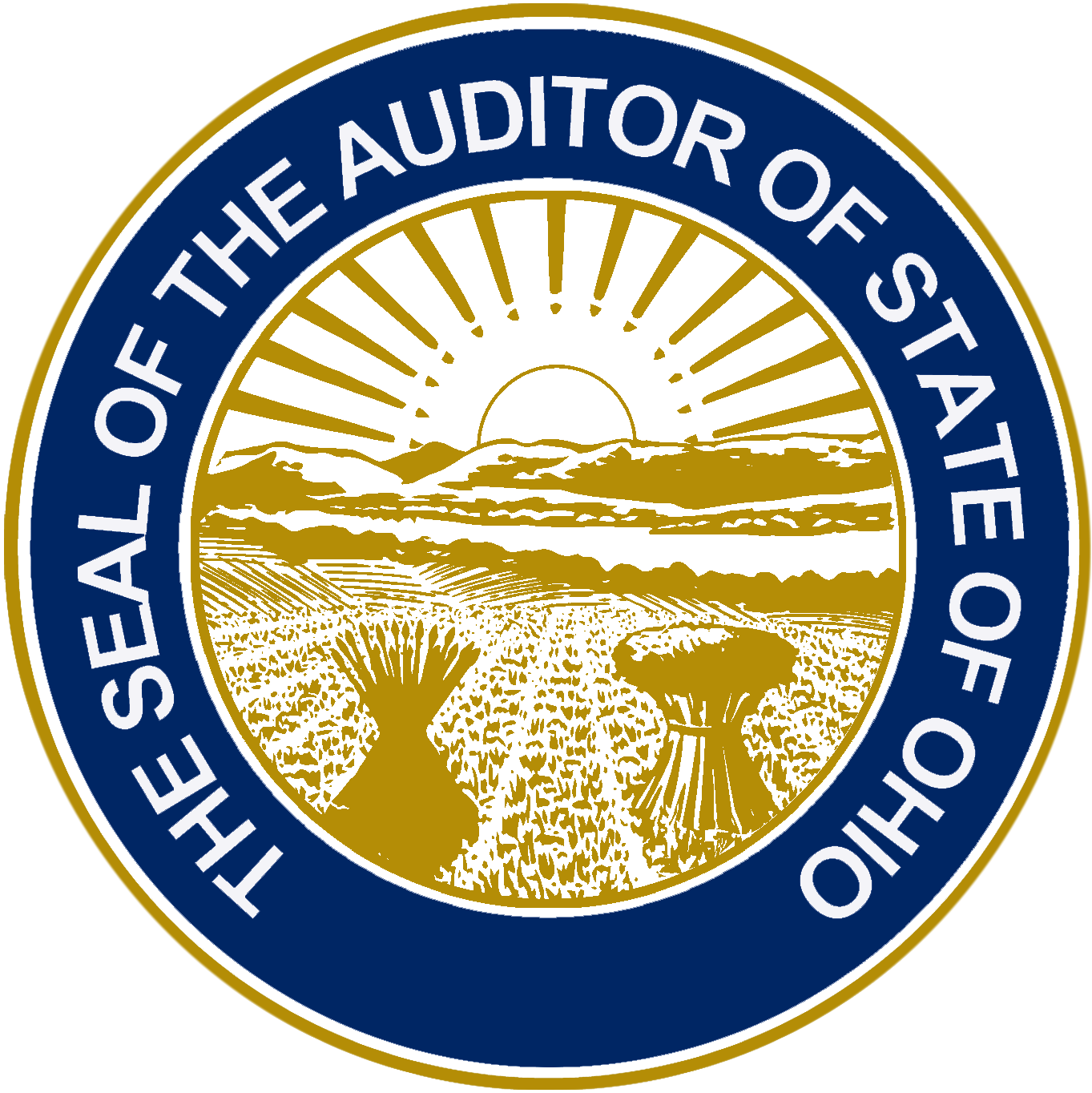
Press Release • Ohio Auditor of State
Orphan Well Program Moving in the Right Direction, but More Work Needed to Cap Abandoned Oil and Gas Wells
For Immediate Release
Columbus – The Ohio Department of Natural Resources has steadily increased the number of abandoned oil and gas wells plugged throughout the state over the past decade, but the agency is still spending only about half of the funding required, Auditor of State Keith Faber announced.
“ODNR’s Orphan Well Program is moving in the right direction, but there’s still much work to do,” Auditor Faber said. “We need to pick up the pace.”
A new audit of ODNR’s Orphan Well Program was released Tuesday by the Auditor of State’s Ohio Performance Team, which reviews the operations of government agencies and programs and offers recommendations to improve their efficiency and effectiveness.
A copy of the full report, including recommendations for increasing the number of wells plugged annually, is available online at https://ohioauditor.gov/auditsearch/Reports/2022/Ohio_Department_of_Natural_Resources_22_Performance-Franklin_FINAL.pdf.
The Orphan Well Program was established in 1977 to address the estimated 36,000 to 66,000 abandoned oil and gas wells in the state. The wells are considered a public health risk as they may leak oil and gas into the surrounding air, soil, or groundwater.
ODNR’s Oil and Gas Resources Division oversees the program, which is funded mostly through severance taxes paid from non-horizontal oil and natural gas wells, plus regulatory and permit fees and civil penalties.
State law requires 30% of the annual collections to be used for plugging orphan wells – for fiscal 2021, that would have amounted to about $23 million. ODNR has never met the expenditure requirement, however, with a total of $11.2 million in fiscal 2021 spent for its Orphan Well Program.
ODNR does continue to increase the number of wells plugged, from 10 in fiscal 2013 to 181 in fiscal 2021. To reach the required spending levels, ODNR would need to plug about 373 wells annually, based on fiscal 2021 costs.
Tuesday’s report notes, “Although ODNR has made progress in achieving the requirement, significant work remains to create a sustainable plugging program that can consistently meet expenditure requirements established” in state law.
Part of the challenge is locating orphan wells, which were abandoned more than a century ago, often in remote areas and without formal documentation of their existence. According to Tuesday’s report, “From the 1860s until the onset of regulations, around 175,000 oil and gas wells were drilled in Ohio; if a well ran dry, it was common practice during this time to simply abandon it.”
Of the estimated orphan wells in the state, ODNR has an inventory of fewer than 1,000 identified and slated to be plugged. Currently, 44 contractors are approved by ODNR to complete the work, and only 20 of those plugged one or more wells in fiscal 2021.
OPT recommended the agency improve its orphan well inventory, ensuring location and other data are accurate. ODNR also should increase the number of wells put to bid annually – a well-plugging crew can complete work on a single well in about 10 business days, so each contractor could be expected to plug about 24 wells per year.
According to Tuesday’s report, “The Division currently uses ODNR employees for the vast majority of orphan well pre-work. The Division would need to double its internal staff just to process enough wells to meet the expenditure requirements set in (state law)… The Division may need to explore the use of contractors and/or public-private partnerships as an alternative to having to significantly grow internal staff.”
###
The Auditor of State’s office, one of five independently elected statewide offices in Ohio is responsible for auditing more than 6,000 state and local government agencies. Under the direction of Auditor Keith Faber, the office also provides financial services to local governments, investigates and prevents fraud in public agencies, and promotes transparency in government.